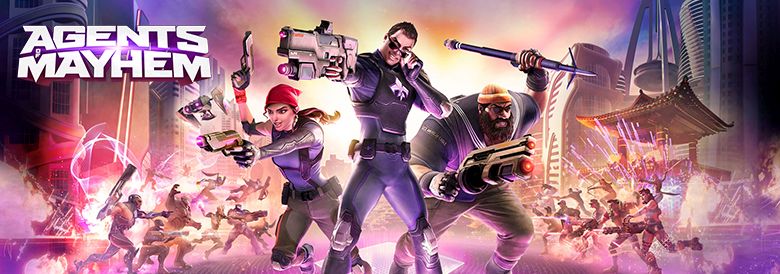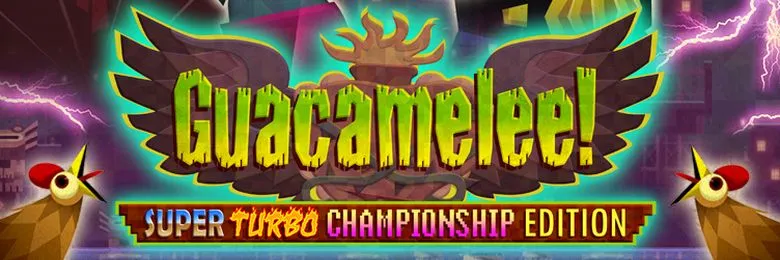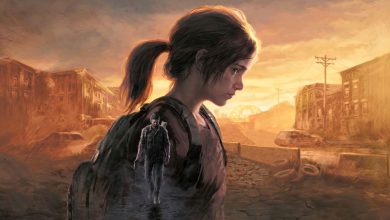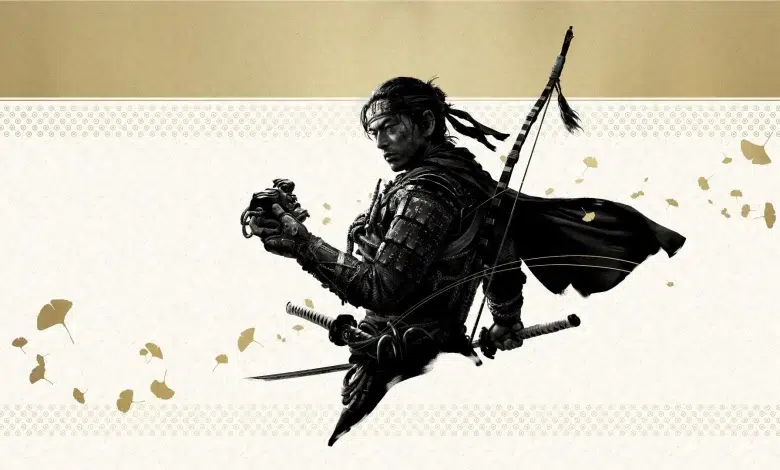
Playstation Studios' path to PC hasn't exactly been laid with a red carpet so far, with some ports having initial performance issues and others failing to find their audience. Of course, the teething problems were to be expected given the inexperience of many of Sony's studios in PC gaming, but the company recognized this and made a checkmate move. The acquisition of Nixxes Software, a studio with a rich resume in PC porting, led to a noticeable improvement in port quality and now with Ghost of Tsushima Director's Cut we see Nixxes' skills in all their glory.
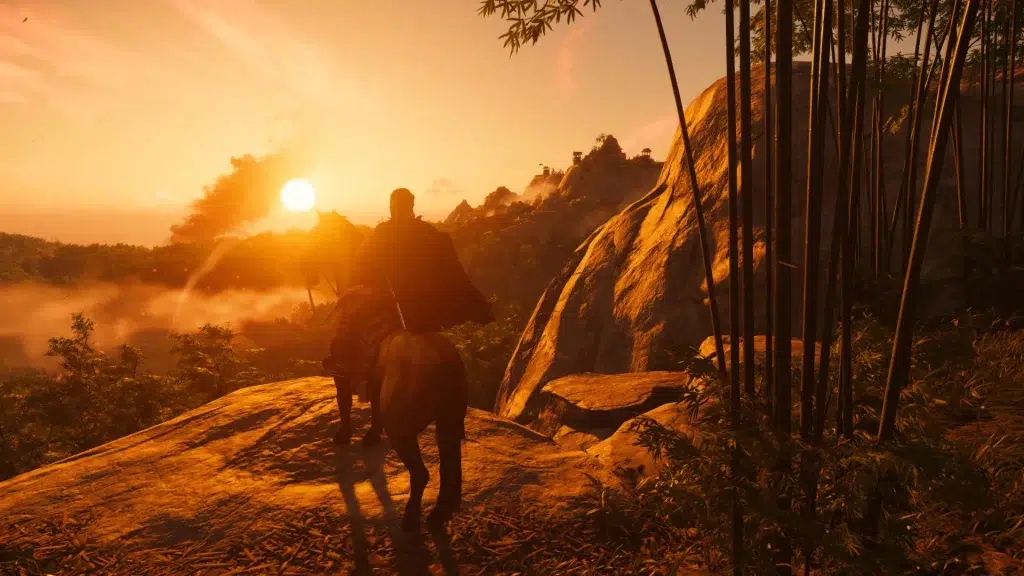
I wanted to mention the quality of the port first because I really think it deserves to be emphasized and highlighted: The PC version of Ghost of Tsushima Director's Cut is the first multiplatform game in a very long time that I've reviewed and I have virtually no complaints about technical issues whatsoever. The game runs very well, the menus are comprehensive with all the options one would expect from a modern PC game, all popular upscaling and frame generation options are supported, changes to graphics settings are accompanied by a preview so that their effect is immediately visible, there is no shader compilation stuttering at all, the handling with keyboard and mouse is as good if not better than with a gamepad, the small launcher that comes with Nixxes games can be turned off with one click, the connection with Playstation Network is easily done without another external launcher, the multiplayer supports crossplay and I didn't notice any connection problems at all. A really impressively polished PC port that's a joy to play. Well done Nixxes and Playstation, keep it up!
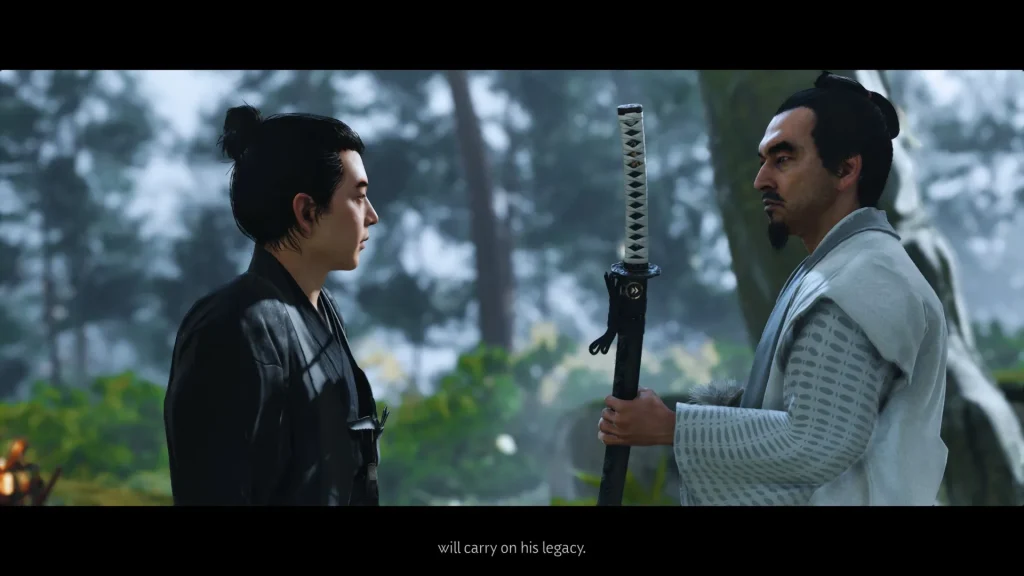
The game itself belongs to the genre of open-world action games, like several others in the Playstation catalogue. The plot takes us to 13th century Japan and the island of Tsushima which is invaded by hordes of Mongols under the bloodthirsty Khotun Khan. The island's samurai line up on its shores to face the enemy with their renowned bravery according to their code of honor but the Mongols don't care about such things, they are overwhelmingly outnumbering the samurai and end up painting the sand with their blood, crushing the defenders and taking their leader, Lord Shimura, as a prisoner. The protagonist of the game is Jin Sakai, samurai and nephew of Lord Shimura who is defeated in battle and narrowly escapes death through the intervention of Yuna, a thief who finds him half-dead on the beach and treats him. Without the rest of the samurai army, with his homeland under enemy occupation and his uncle captured, Jin must find new allies and methods to effectively fight the enemy, but this will bring him into conflict with the samurai code of honor and his upbringing. How far is he willing to go for ultimate victory?
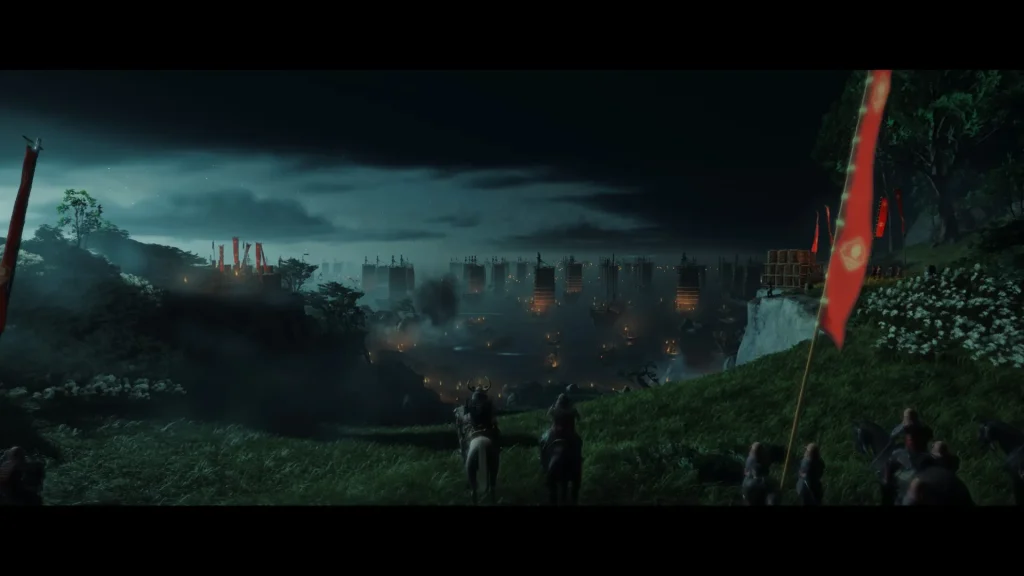
The storyline of Ghost of Tsushima Director's Cut may not be particularly unique compared to what we have seen in movies of a similar theme, but the implementation of that theme has been done with a high level of skill and fidelity. Both the main plot (the main quest if you prefer) and the various sidequests have the cinematic aesthetic, gravitas and style one would expect based on the subject matter. The direction and voice acting, the graphics and art direction, the music score and editing, all the individual elements contribute harmoniously to creating a completely successful atmosphere that greatly helps the player to immerse themselves in the game world and get absorbed by it.
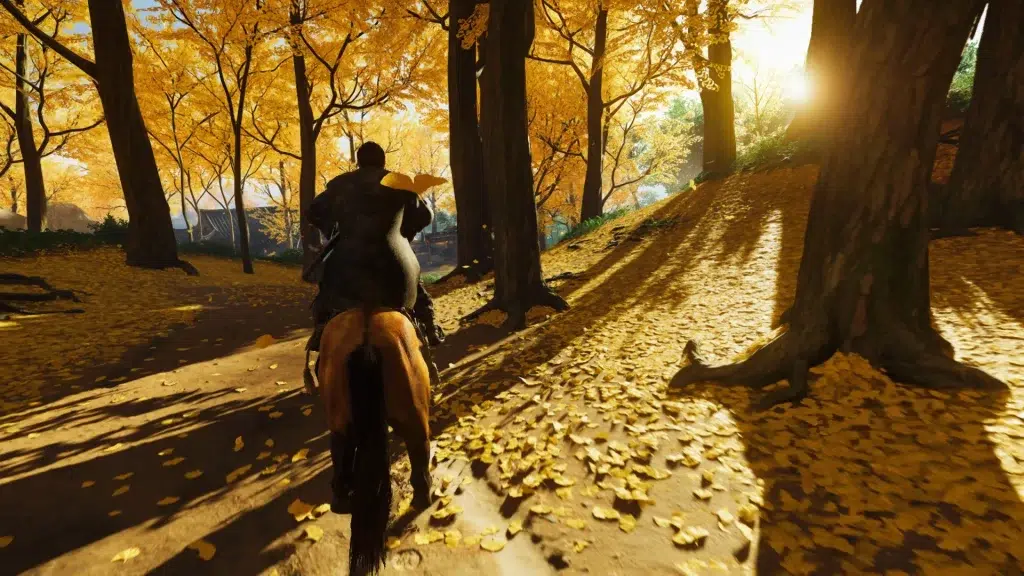
The gameplay could be described in one phrase as "classic open world": we have an open map where we can roam freely (with new areas of the island gradually unlocked as the plot progresses), various points of interest marked with the familiar "?", enemy bases that we can clear in order to gradually liberate the island, random encounters in the countryside, light resource gathering to improve our equipment and so on. If you've recently played other games of the same broader genre such as a Ubisoft title or Sony's own Horizon: Forbidden West, I wouldn't blame you if your instinctive reaction is "whew, here we go again?". Yes, the basic gameplay pattern in Ghost of Tsushima is indeed "same old same old", however the developers have made some very clever choices that work very well in order to reduce potential open world fatigue. On the one hand, the map is not vast but relatively tidy, and on the other hand, the icons do not fill every corner with suffocating density as we have seen in many other games of similar style.
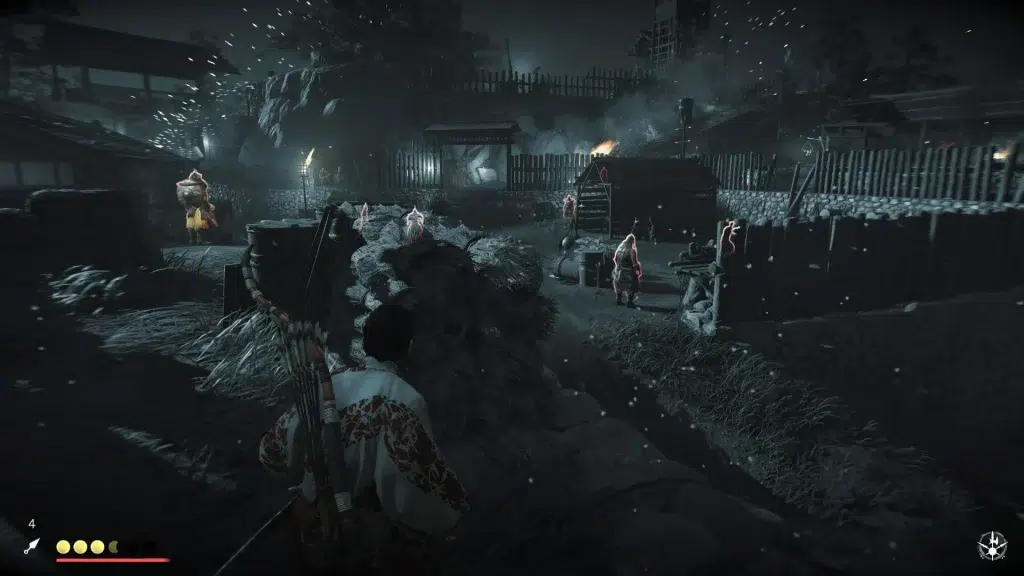
Also, the various side activities and the combat system are characterized by a very important element that removes much of the fatigue that often accompanies them in open-world games: speed. Most activities can be completed in a couple of minutes, clearing enemy camps sn a maximum of ten minutes (especially when you get better equipment and powerful abilities through leveling up), even the more extensive story missions and cutscenes maintain a good pace and don't unduly waste the player's time.
I want to comment on the battle system in a bit more detail because although it is relatively simple, it has been implemented in a way that fits the setting, while also serving the pace as I mentioned earlier. Our protagonist is a samurai so it's a given that sword fights are in the focus including light attacks, heavy attacks, blocks, parries, different stances depending on the enemy you are facing but also alternative supplementary weapons like bows, various bombs, throwing knives and various others. The absolutely critical (and completely successful) choice the developers made was the following: They understood that sword fights are by nature very dangerous and made sure that each encounter ends within a few hits, either to one side or the other. In practice, this means that you can take out an opponent in seconds, but the same is true in reverse! If you are careless or underestimate the opponent you may find yourself in a very precarious position. Even boss fights don't last more than 2-3 minutes on average. The combat is fast, intense and relies mainly on quick reflexes, reading your opponent's moves and using all the weapons and abilities you have.
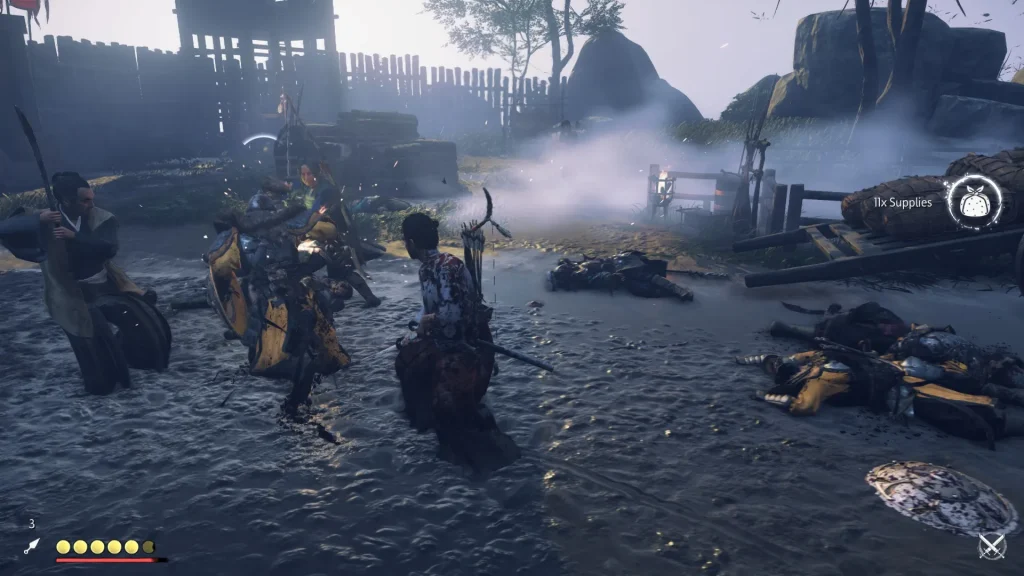
However, if you prefer a more stealthy approach, even though this is in complete contradiction to the samurai code of honour, the game doesn't deny you this option. The stealth system is broadly similar to that of Assassin's Creed, but the protagonist's ability to engage in direct combat removes the pressure and stress of potential detection. Simply put, if you screw up and are spotted you can draw your katana and massacre the entire enemy camp, with the exception of certain story missions in which stealth is mandatory. Even if you set out to clear an enemy base without anyone seeing you, you won't have to sit crouched on the grass for ten minutes observing movement paths to spot the gap in the defense. Even in stealth, speed is kept at a high level since the amount of enemies and the distances between them are such that you won't have much trouble picking them off one by one quietly.
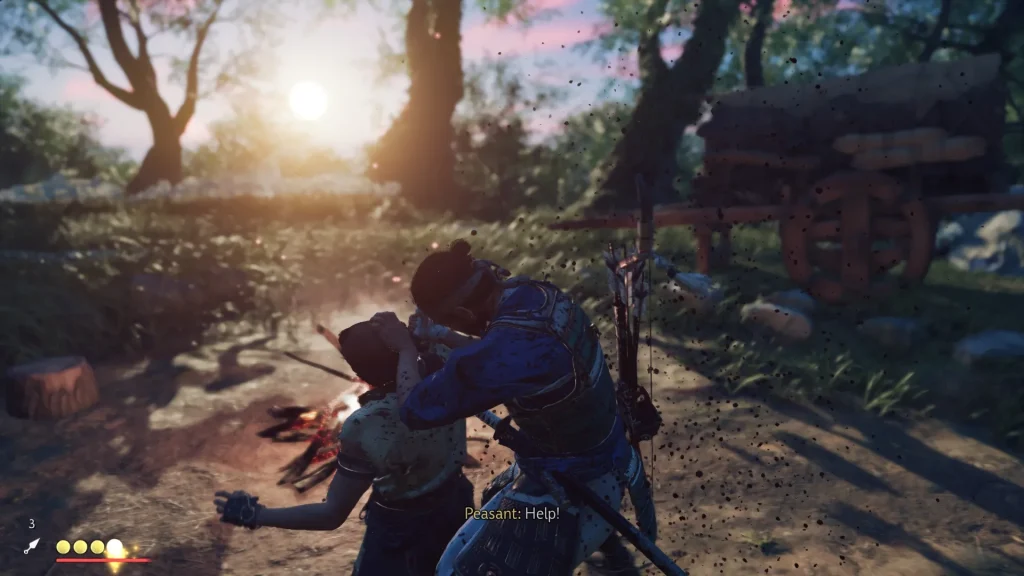
So, to sum up, we have an open-world action game with an interesting plot, high production values, fun gameplay, excellent porting and absolutely great value for money, since the Director's Cut version includes both the expansion of the game (Iki Island) and the co-op multiplayer mode called Legends. In this mode you choose one of the (initially) four available classes and throw yourself into battle alongside three other players against increasingly powerful waves of enemies, aiming to survive to the last one and get the relevant loot to unlock new classes, equipment and cosmetics. I played a few sessions and I have to admit I had a good time, especially in the cases where winning or losing was close. The battle system shows its quality here as well, offering very intense moments of action and fun.
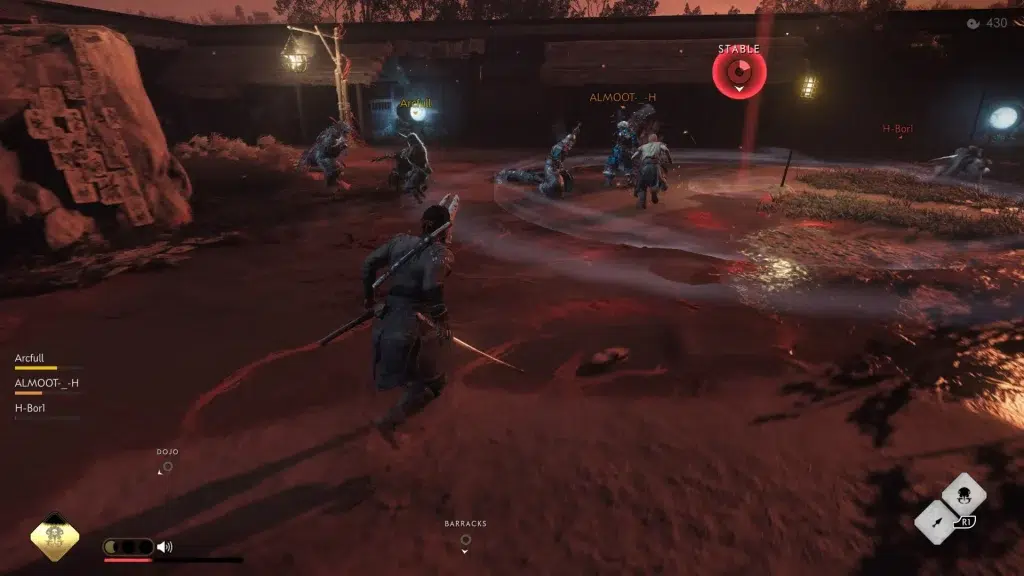
The thought that dominates my mind as I finish this review is that Ghost of Tsushima Director's Cut is the final stage of the evolution of this particular kind of modern open-world games. I find it hard to imagine how a game of similar style and gameplay could be improved without a radical change in the pattern established by Ubisoft games all those years ago, but at the same time I feel that the time has now come to see something new and different in open-world games. The initial rating I was considering for Ghost of Tsushima Director's Cut was in the high 80s with the reasoning that it flawlessly executes a tried and tested formula but doesn't innovate, it doesn't push the genre forward. However the quality of the port is such that I really think deserves a boost of a few extra points, just as I would similarly deduct points if the port had problems. So if you want to play a quality open-world game and are interested in this particular setting, Ghost of Tsushima Director's Cut is an excellent choice, perhaps the best choice you could make.
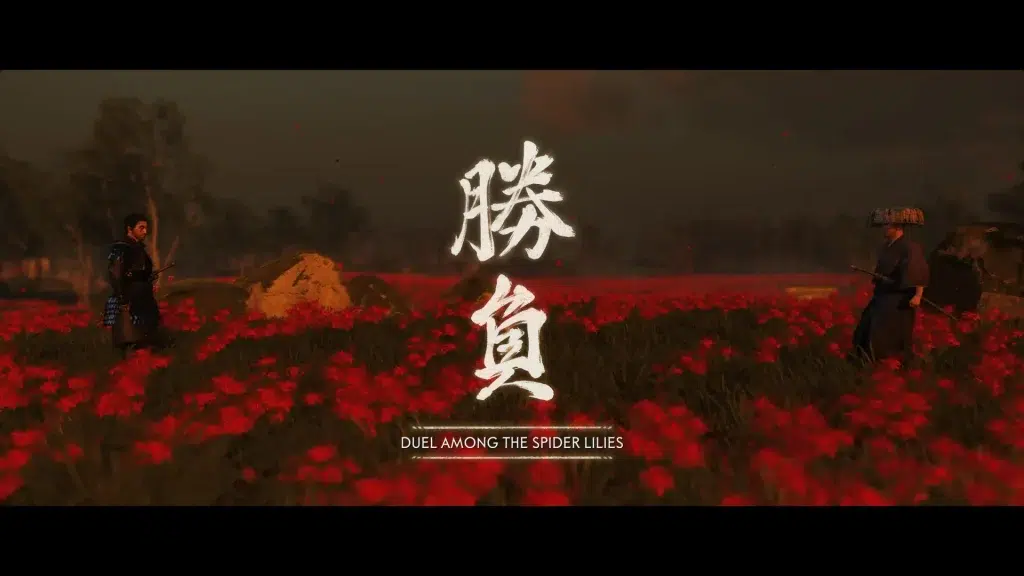
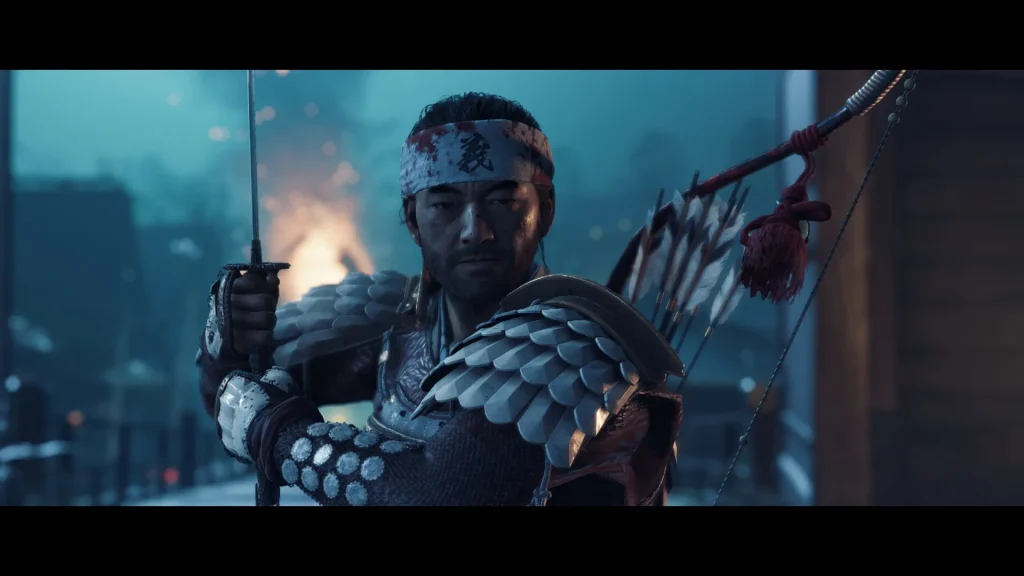
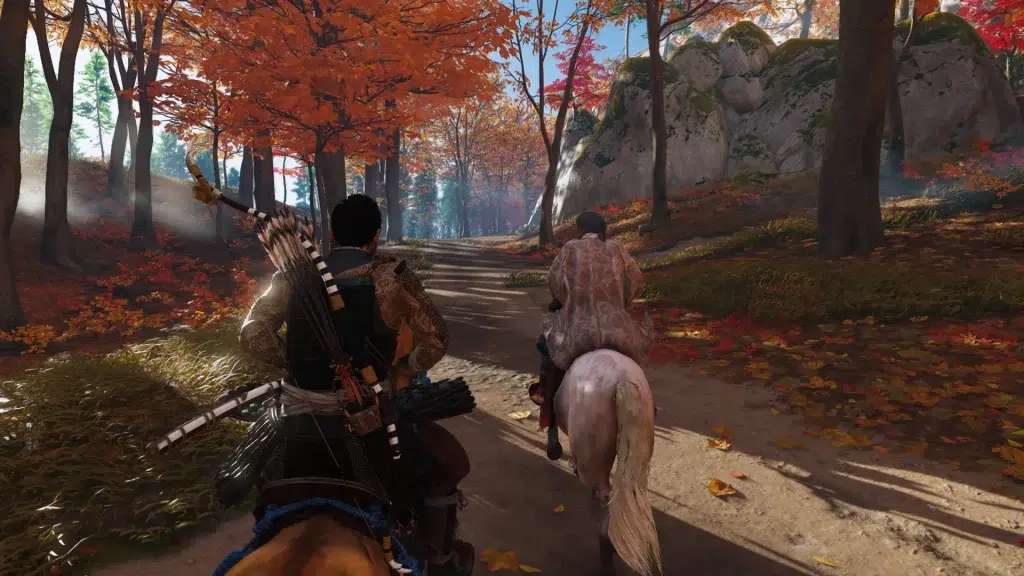
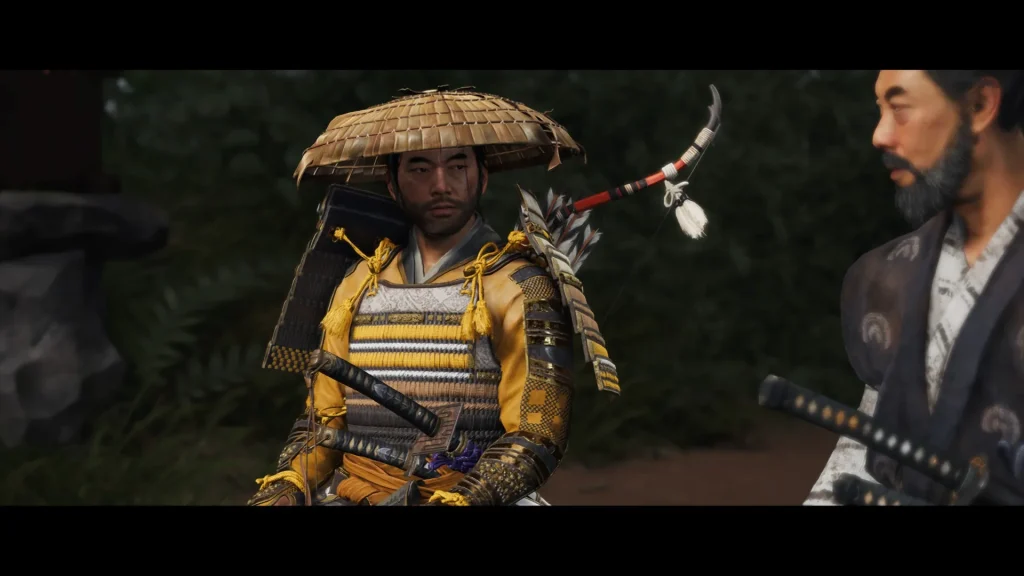
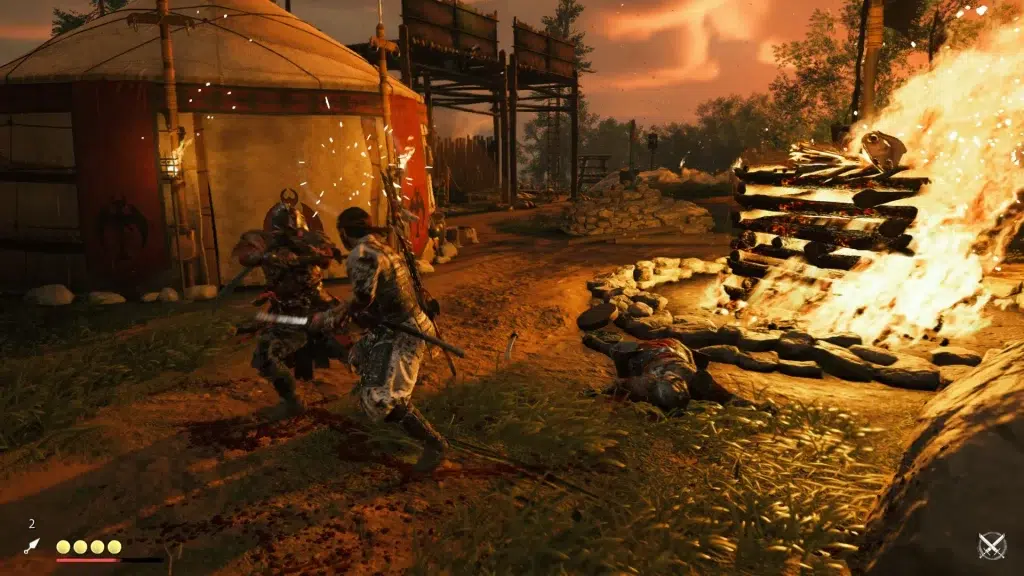
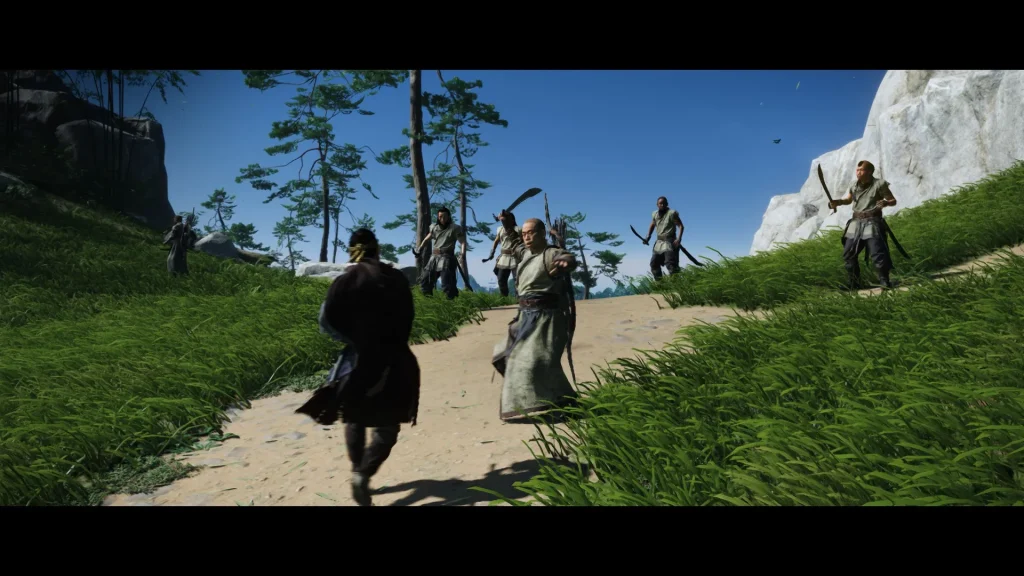
Thanks to Sony Hellas for providing the review code.
RATING - 91%
91%
The epitome of open-world action and a great PC port that is worth every penny.

